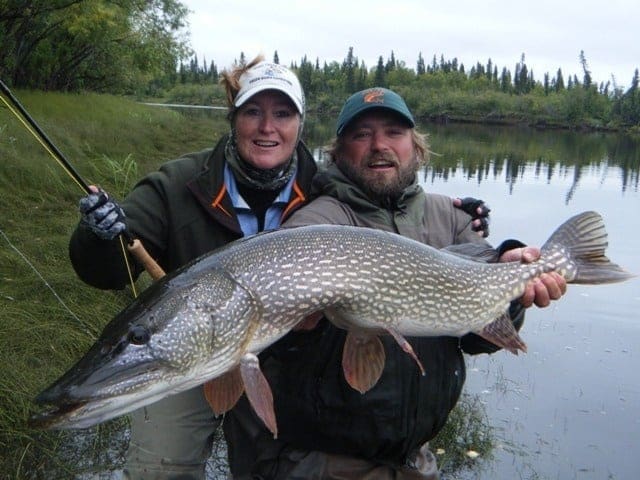Alaska has long been a destination spot for the avid fisherman, and for good reason. The icy blue waters offer a plethora of prize fish, including all species of Pacific salmon (count ‘em, five!), grayling, northern pike, rainbow trout—and that’s only the freshwater fish. If you head out to the salty ocean waters, you’ll find rockfish, lingcod, halibut, and steelhead. It’s easy to see why Alaskan waters continue to be a mecca for dedicated fishing aficionados. If you’re considering a trip up to the state for some excellent fishing, consider these planning strategies.
Licensing Issues
Before making that first cast, be sure to purchase an Alaska fishing license. You can generally find these licenses with ease at any local outdoor store or superstore. You’ll also easily find licenses in fishing stores, which abound in coastal and lakeside areas. You can also order a fishing license online through the Alaska Fish and Game Online Store and simply print it out. Keep in mind that license prices are based on the type of fish you’re after; nonresident sport fishing licenses are around $35.00 for nonresident sport fishing license costs. Many fishermen head to Alaska in search of King Salmon, you’ll need a specialized license, which comes in around $20.00 for a three day pass.
Where Should You Go?
Before heading out on your excursion, it’s important to determine which type of fish you’re looking for. By understanding what you hope to catch during your trip, you can better determine which season you’d like to go, and where you’ll need to head. Determine whether you’re interested in freshwater excursions, or whether you’d rather head out to the Big Blue to try your luck at sport fishing. Speak with a travel agent and look at locations that might interest you; remember, if you’re making a big trip up to Alaska from out of state, you may want to experience more than just the fishing, so consider other activities you might take part in.
When Should You Go?
No matter the time of year, fish are always biting in Alaska’s waters. Consider when you’d like to go. Are you looking for a more traditional fishing experience, that doesn’t call for the use of 10 parkas? You’re most likely going to want to head to this Northern state in the summer months. From May until September, you’ll find that halibut abound. If you’re on the hunt for King Salmon, your window is a little smaller— these can be caught between mid-May until the end of July. If you’re looking to get into ice fishing, you’ll find the opportunities are vast, but keep in mind that you’ll need to prepare with the right gear and apparel because sub-zero temperatures can be difficult to withstand for hours on end.
Hire a Fishing Guide
If you’re looking to do some deep sea fishing, you’re a novice to the sport, or you just want the opportunity to sit back and relax while somebody else does all the planning, consider hiring a fishing guide. Sites like Guidefitter can put you in contact with some of Alaska’s most experienced fishermen. Using the services of a guide ensures you get the best experience possible. They know the lay of the land (water, in this case), can help you locate the best fishing spots, provide instruction and guidance for various catches, and serve as wonderful tour guides—they often have the best stories, and are sure to regale you for some entertaining hours. While these services can cost upwards of a few thousand dollars, you’ll find everything taken care of in most instances. From accommodations to tackle, transportation to food, the best outfitters provide everything you could possibly need for an Alaskan fishing adventure.
Travel Requirements
If you’re heading up to Alaska from out of state, you’ll need to make travel arrangements. Look for inexpensive flights on Expedia.com and plan at least six months in advance. Keep in mind that if you travel to this Northern area in the winter months, you may face inclement weather that could delay your travel and disrupt your plans.
Fishing in Alaska offers the angler and fisherman amazing opportunities. Make memories that last a lifetime and start planning your trip today.






